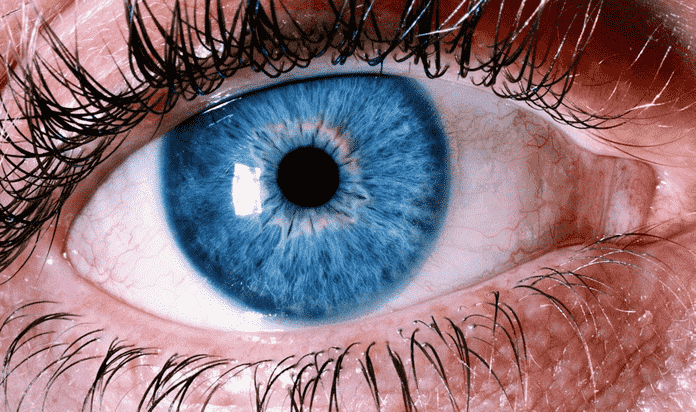A research group in California tested whether embryonic stem-cell-derived retinal cells and a scaffold implant could improve vision loss.
Between 10-20% of the adult population in the developed world are affected by a visual impairment known as age-related macular degeneration (AMD). AMD is a progressive disease and currently, there is no treatment for those who have advanced AMD.
Vision loss is connected to the drastic decline of retinal pigment epithelium (RPE), which is the layer outside of the retina that nourishes the cells in the eye. Human embryonic stem cells have been used to create lab-made RPE, which is a source of tissue to help treat retinal degeneration in AMD.
Using embryonic stem cells to restore RPE
Injecting RPE developed from embryonic stem cells into the retina have demonstrated to somewhat restore RPE loss and slightly improve vision. Although this procedure is safe and has demonstrated efficacy, one of the biggest problems is that the RPE cells developed from embryonic stem cells do not locate exactly to the region of RPE decline. Instead, they locate almost completely outside the area where there is RPE loss in the eye. This suggests that these cells are lacking organizational cues that would support the structure of the embryonic stem cell-derived RPE in the eye.
RPE replacement on its own seems to be inadequate in improving the structural and functional integrity of the RPE loss in the eye. It is imperative to design a supporting framework to be transplanted along with the embryonic stem cell-derived RPE cells to aid in the structural organization of the cells.
Implementing a synthetic scaffold to help restore RPE
A research group in California published their results regarding the design and implementation of a synthetic scaffold along with embryonic stem cell-derived RPE into the area of RPE loss. Their results were published in Science Translational Medicine.
What was really interesting is that this scaffold was designed to provide a place for the embryonic stem cell-derived RPE to attach and organize where they are supposed to – in the area where RPE loss had occurred.
The same research team has published on the use of this scaffold in both mice and pigs, establishing its safety and functionality. Here they report on the use and feasibility of these bioengineered scaffolds in human subjects.
They enlisted five subjects in the study and four subjects had successful implantation of the scaffold. The subjects all had advanced AMD with a severe loss of RPE. The researchers followed the subjects for 120- 365 days following implantation of the composite. Images of the subjects’ eyes after the operation demonstrated that the RPE had been successfully implanted and was beginning to integrate with other eye tissue. There were no adverse effects that were reported and there were no safety concerns with the procedure in human subjects.
Significant improvement in vision in one participant
One subject has a significant improvement in vision which was correlated to the improved structural support of the scaffold along with the embryonic stem cell-derived RPE compared to the eye that was not implanted. In addition, all of the subjects had anatomic changes in the eye and the slow reappearance of the RPE over the implant. Importantly, none of the subjects with the implant showed continued vision loss.
Implants have a potential to improve advanced AMD
This data provides initial indication that these implants have potential to be used in a clinical setting to improve AMD in advanced cases. The case subjects that were used in this study demonstrated the most severe form of AMD and it is hopeful that they show signs of visual improvement.
It will be important to increase the sample size in order to validate whether this technique or the results are statistically or clinically significant. These results are exciting with regards to the use of embryonic stem cells to generate RPE along with the use of novel scaffolds to support the structural integrity of the tissue that is implanted.
Written by Ingrid Qemo, PhD
Reference: Kashani, A.H., Lebkowski, J.S., Rahhal, F.M., Avery, R.L., Salehi-Had, H., Dang, W., Lin, C., Mitra, D., Zhu, D., Thomas, B.B., Hikita, S.T., Pennington, B.O., Johnson, L.V., Clegg, D.O., Hinton, D.R., Humayun, M.S. (2018) A bioengineered retinal pigment epithelial monolayer for advanced, dry age-related macular degeneration. Science Translation Medicine. 10; 435. DOI: 10.1126/scitranslmed.aao4097



